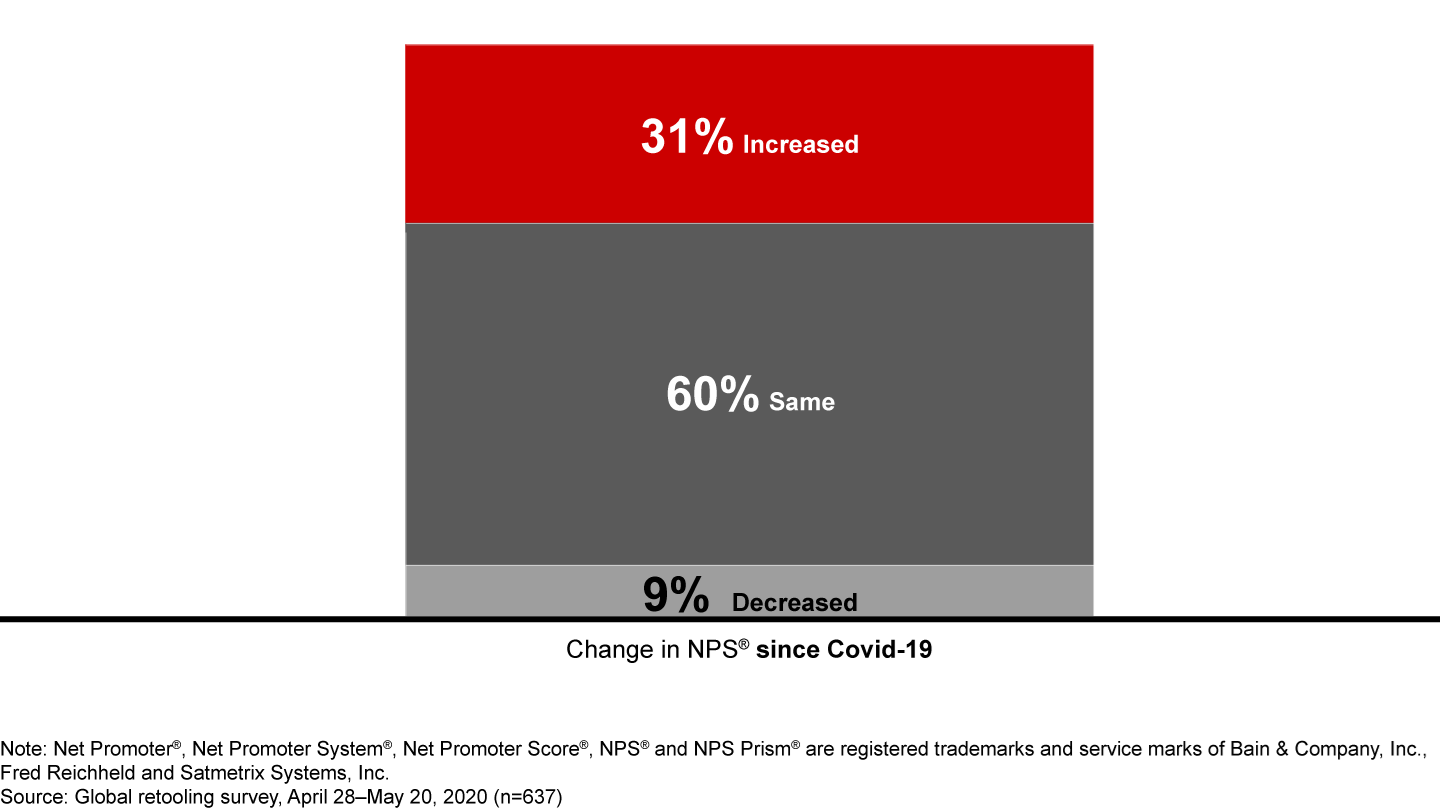Forbes.com

This article originally appeared on Forbes.com.
At a recent virtual gathering of Chief Human Resource Officers working in Southeast Asia, one executive after the next described a pronounced increase in their efforts to engage employees. Offering frequent updates from leadership, sharing real stories from real people on the front line, taking regular employee pulse checks, soliciting feedback—all forms of communication have become critical.
One global food company executive explained how her company is combining old and new approaches. They continue to encourage team communication and use consolidated feedback from across the organization to inform decisions. In addition, all teams now huddle twice a week, meeting on Mondays and Fridays. Employees, she said, love the new level of engagement, transparency and action.
Something remarkable is happening here. Covid-19 has not only accelerated the adoption of the technology of remote working. It has had a broad and profound impact on many aspects of business, and leadership and employee engagement are prime examples.
Despite the disruption of the past few months, employee attitudes toward employers have actually improved since the onset of Covid-19 (see Figure 1). Recent Bain & Company research found a net improvement in employees’ likelihood to recommend their company to a friend, their Net Promoter Score. Overall, 31% of workers reported an increase in their score, compared with 9% who reported a decline. Earliest hit, China has had the highest net improvement, with 46% of workers reporting higher Net Promoter Score. Next comes Italy (21%) and the US (21%). Leaders who have exhibited and nurtured strong cultural values, community focus and decisiveness are the most likely to have satisfied workers.
Employee Net Promoter Scores have risen since the onset of Covid-19


These improvements have gone hand in hand with an increase in innovation, focus and agility, and most employees surveyed strongly believe these positive changes should continue beyond the crisis.
In political circles, the tendency for leaders to get good marks during a difficult period is called a “crisis bump” or the “rally ’round the flag” dynamic. Indeed, many G20 leaders have experienced this recently. But history shows that in the public sector, these bumps tend to be temporary, and to fade in time.
To avoid this fade, business leaders can begin by continuing their current elevated level of communication and engagement. A friend of mine, the CEO of a multibillion-dollar industrial conglomerate, has been communicating more and more frequently with his reports for several years. A couple of years ago, this group met monthly. He increased that to weekly meetings prior to the coronavirus. Then, when Covid-19 hit, they moved to shorter daily stand-ups of 30 minutes—short, crisp and frequent enough to tangibly increase productivity.
When we spoke recently, my friend told me that his leadership team has made more progress in the past three months than it had in the prior three years put together. Collaboration is up, and yet executive time is being used more efficiently. Among the accomplishments he highlighted were retooling plants to manufacture personal protective equipment, greatly improving the flow of information from the front line to other parts of the business and accelerating the pace of innovation. Common problem solving has replaced turf wars, he explained.
To him, Covid-19 unearthed a common purpose and urgency that then powered an extraordinary shift in behavior and ways of working. Vowing to never go back, he says his top priority now is ensuring that the most desired changes persist beyond the crisis.
Broadly maintaining this popularity bump and the positive changes that have come with it will require a shift in leadership posture to one based more on trust, transparency and empowering others. Communication and engagement can support this change, but the core philosophy must also be in place.
For executives seeking to hold on to recent positive changes, a good place to start is by asking themselves and their teams a few probing questions:
- What have been the largest day-to-day differences for us as company leaders and for our executive team since we began grappling with Covid-19?
- What has this crisis revealed about the way our leadership team operates? Where did we excel and where did we fail?
- Overall, what are the two or three positive changes that we don’t want to lose as we recover?
- How can our organization sustain these changes in the absence of a crisis? What is required to maintain our sense of urgency, autonomy and unity behind a common purpose?
The history of crisis bumps would point to a likely decline in support and momentum, but this need not be automatic. With a sustained and conscious effort, executives can make valuable changes stick.
Which side of history will you be on?